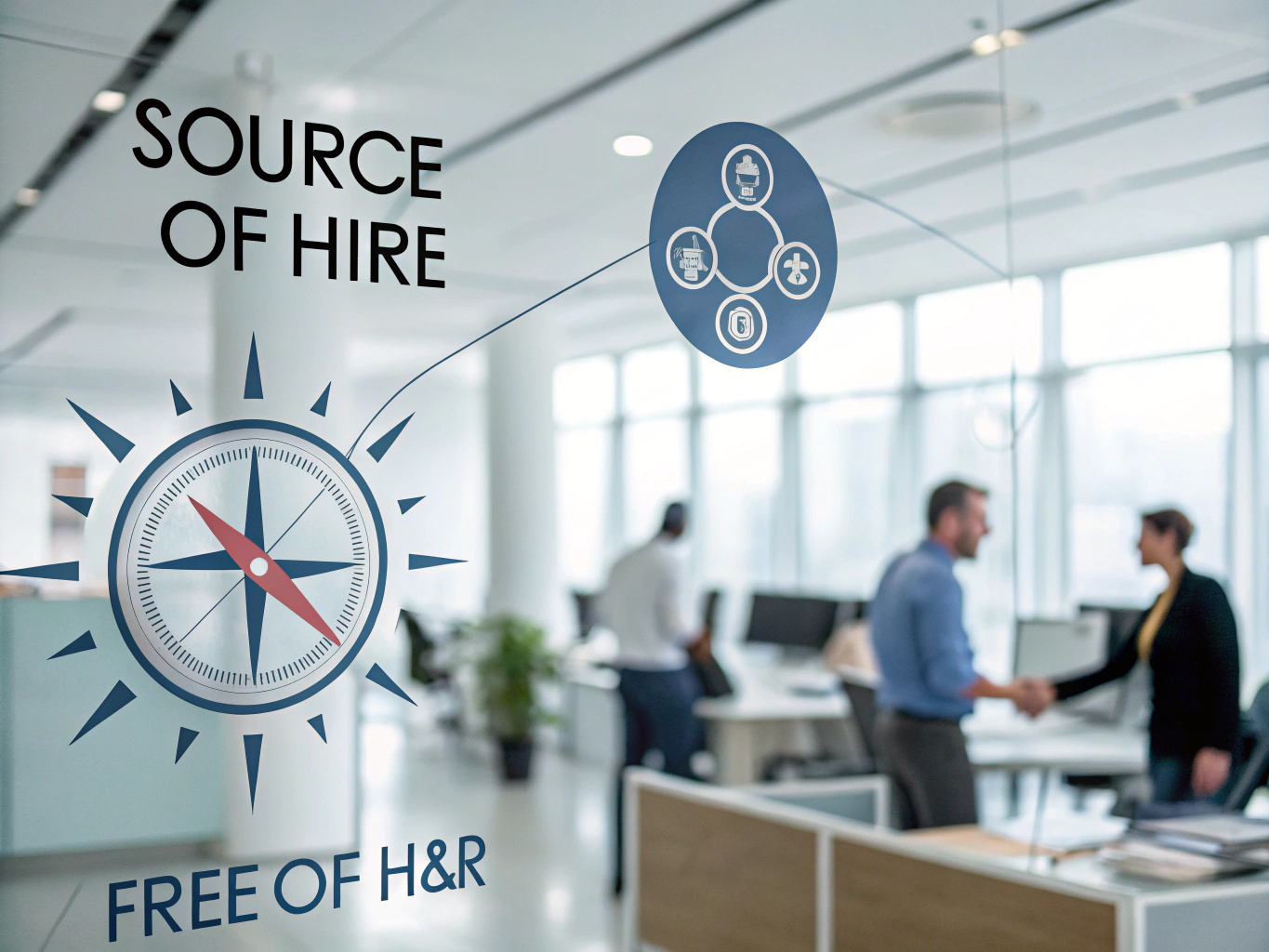Definition
Payroll software is a digital tool designed to streamline the management of employee payments, ensuring accuracy and efficiency in payroll processing. By automating various payroll tasks, it helps organizations of all sizes keep track of employee hours, calculate wages, and manage deductions—all while providing a user-friendly experience for both HR teams and employees.
Key Components
When exploring payroll software, it’s essential to understand its core components that make payroll management seamless and stress-free.
- Automated Calculations: Payroll software automatically calculates wages, taxes, and deductions based on the hours worked and the agreed-upon pay rates. This eliminates manual errors. For instance, if you have employees who work overtime, the software can automatically apply the correct overtime rates without you lifting a finger.
- Direct Deposit: Most payroll systems offer direct deposit features, allowing employees to receive their salaries directly into their bank accounts on payday. This not only enhances the employee experience but also reduces the administrative burden of printing checks.
- Self-Service Portals: Many payroll solutions come equipped with self-service functionalities where employees can access their pay stubs, tax documents, and personal information. Imagine your team being able to view their paychecks on their smartphones—this boosts transparency and satisfaction!
- Reporting and Analytics: Comprehensive reporting features allow HR managers to generate reports related to payroll expenses, employee hours, and tax obligations effortlessly. This helps in budget planning and compliance, ensuring you can make informed decisions based on real data.
- Compliance and Tax Management: Payroll software often includes tools to help you stay compliant with local, state, and federal tax laws. It can automatically calculate and withhold the correct amounts, reducing the risk of penalties for incorrect filings.
Importance in the Workplace
Imagine managing payroll manually—tracking hours, calculating taxes, and ensuring everyone is paid on time can feel overwhelming. Payroll software alleviates this stress and plays a crucial role in fostering a positive workplace atmosphere. For example, when your employees receive their paychecks accurately and on time, it boosts their morale and trust in your organization.
Additionally, by reducing the time HR spends on payroll tasks, your team can focus on more strategic initiatives, like employee engagement and talent development. This shift not only enhances productivity but also contributes to a more cohesive workplace culture.
Best Practices
To maximize the benefits of payroll software, consider these best practices:
- Regular Updates: Ensure that your payroll software is kept up-to-date to comply with the latest tax laws and regulations. This will help you avoid costly fines and ensure your software runs smoothly.
- Employee Training: Provide training sessions for your employees on how to use the self-service portal. When employees understand how to access their information, it reduces inquiries to HR and empowers them to take charge of their payroll details.
- Data Security: Implement strong security measures to protect sensitive payroll data. Using encrypted connections and ensuring only authorized personnel have access can prevent data breaches and maintain trust with your employees.
- Regular Audits: Conduct periodic audits of your payroll processes to identify discrepancies and ensure accuracy. This proactive approach can help you catch potential issues before they escalate.
- Integration with Other Systems: If your payroll software can integrate with other HR or accounting systems, take advantage of it! This creates a more streamlined process, reducing redundancy and potential errors.
Legal Considerations
When implementing payroll software, it’s vital to be aware of the legal implications. Different jurisdictions have varying requirements regarding employee payments, tax withholdings, and reporting. Ensure that your payroll software is compliant with these regulations to avoid legal troubles.
For example, in some states, you may be required to provide employees with access to their wage statements or to comply with specific reporting formats. A good payroll system will help you navigate these complexities, but it’s wise to consult with a legal expert to ensure you’re fully compliant.
Conclusion
Understanding payroll software is essential for any organization looking to enhance efficiency and employee satisfaction. By automating payroll processes, you not only save time and reduce errors but also foster a healthier work environment where employees feel valued and secure in their compensation.
As you explore payroll options, remember that a well-integrated, user-friendly payroll system can be a game-changer for your business, turning a traditionally tedious task into a smooth, reliable, and transparent process. Embrace the technology, and watch your organization thrive!




